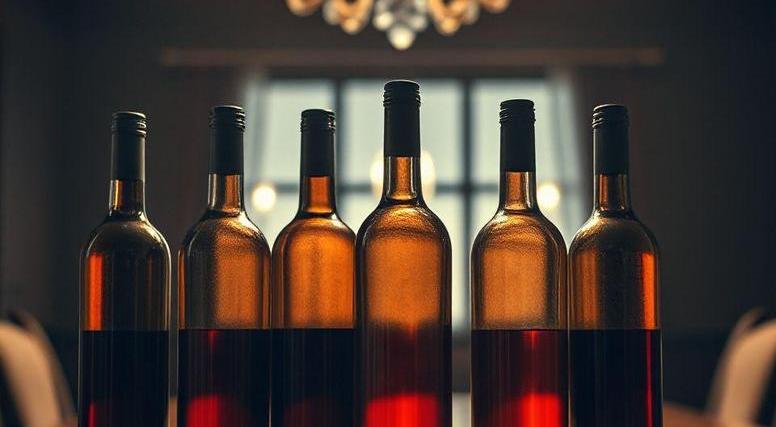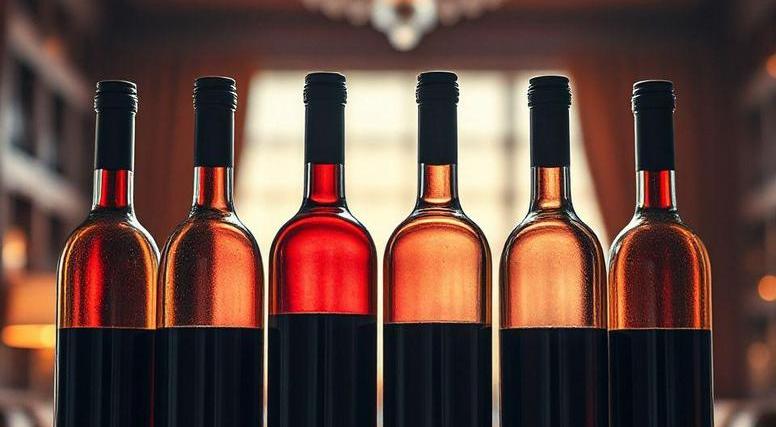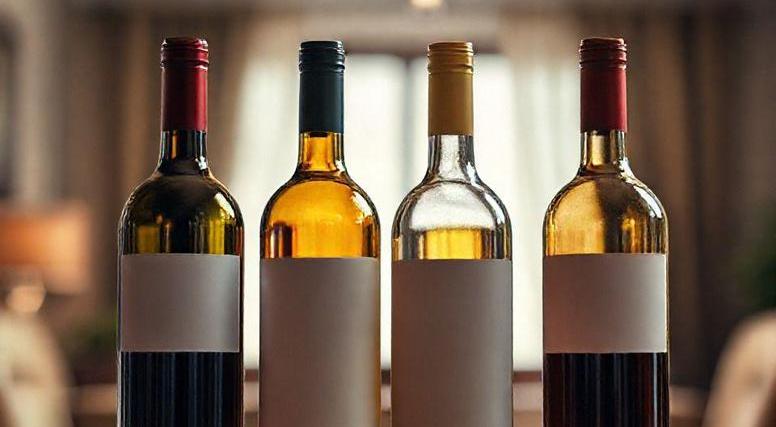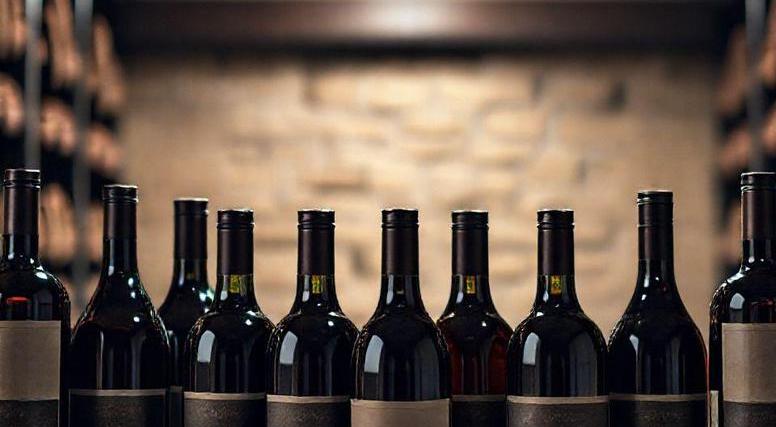- You are here:
- Home »
- Wine By Type
Category Archives for Wine By Type

Dandelion Wine : History, Flavors, Pairings & More
Dandelion wine, a time-honored homemade beverage with roots deep in folk traditions, offers a unique and fragrant taste of summer’s bounty. This artisanal elixir, often crafted from the golden-yellow blossoms of the common dandelion, embodies a nostalgic journey into a world of floral infusions and rustic charm. In an era where artisanal crafts and natural […]
Continue reading
Sangiovese Wine : History, Flavors, Pairings & More
Sangiovese, often celebrated as the quintessential Italian grape, offers wine enthusiasts a journey through the heart of Tuscany and beyond. Known for its versatility and distinctive character, Sangiovese forms the backbone of Italy’s most renowned wines, including Chianti, Brunello di Montalcino, and Vino Nobile di Montepulciano. This guide will unravel the complexities of Sangiovese, providing […]
Continue reading
Cashew Wine : History, Flavors, Pairings & More
In recent years, the world of wine has seen an intriguing and flavorful newcomer: cashew wine. Known for its unique taste and artisanal production methods, cashew wine is crafted from the fermented juice of cashew apples, the fruit that houses the cashew nut. This lesser-known beverage, often overshadowed by its grape-based counterparts, is rapidly gaining […]
Continue reading
Grillo Wine : History, Flavors, Pairings & More
Grillo wine, a hidden gem in the world of Italian varietals, is quickly capturing the attention of wine enthusiasts and connoisseurs alike. Originating from Sicily, this white grape variety is renowned for its bright, zesty flavors and exceptional versatility. The Grillo grape has been cultivated in the sun-drenched vineyards of Sicily for centuries, traditionally used […]
Continue reading
Elderberry Wine : History, Flavors, Pairings & More
Elderberry wine, with its rich history and unique flavor profile, has captivated wine enthusiasts for centuries. As one of the oldest known wines, its deep hues and robust taste have made it a cherished beverage across various cultures. Whether you’re a seasoned winemaker or an enthusiastic beginner, understanding the nuances of elderberry wine is essential […]
Continue reading
Bobal Wine : History, Flavors, Pairings & More
Bobal wine, a hidden gem in the world of viticulture, is gaining well-deserved recognition for its unique character and depth. This red wine, predominantly grown in the Valencia region of Spain, has long been overshadowed by more famous varieties like Tempranillo or Garnacha. However, recent years have seen a resurgence of interest in Bobal, driven […]
Continue reading
Rose Wine : History, Flavors, Pairings & More
Rose wine, with its vibrant hues and refreshing taste, has steadily gained popularity among wine enthusiasts and casual drinkers alike. Bridging the gap between red and white wines, rose offers a versatile flavor profile that ranges from fruity and sweet to dry and crisp. Its unique production process, which typically involves limited skin contact with […]
Continue reading
Arbois Wine : History, Flavors, Pairings & More
Nestled in the heart of France’s Jura region, the Arbois wine appellation offers a unique and captivating journey for wine enthusiasts. With a rich history dating back to Roman times, Arbois has long been celebrated for its distinctive and diverse wines, produced from a variety of local grape varieties. This guide aims to unveil the […]
Continue reading
Petit Verdot Wine : History, Flavors, Pairings & More
Petit Verdot, a lesser-known gem in the world of wine, is making waves as it emerges from the shadows of its more famous counterparts. This distinctive grape, traditionally used in Bordeaux blends, is gaining recognition for its rich flavors and robust character when bottled as a single-varietal wine. Despite its history of being a supporting […]
Continue reading
Charbono Wine : History, Flavors, Pairings & More
Welcome to the ultimate guide on Charbono wine, a hidden gem in the world of oenology that’s steadily gaining recognition among wine enthusiasts. Originating from the Savoie region of France and now flourishing in California’s wine country, Charbono is a varietal known for its rich, robust flavors and unique aging potential. Despite its long history […]
Continue reading